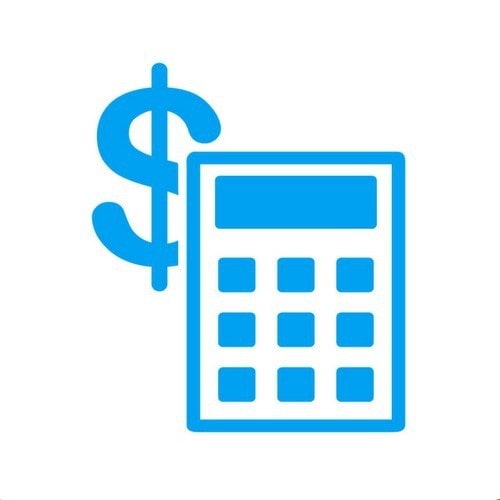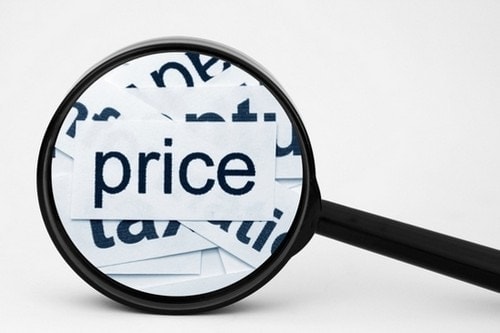Any business that sells products is bound to keep an inventory of its products. To keep track of its inventory and for price control, business resort to varied methods – some which are used to keep track of products sold while others that are used for optimum pricing of products. For those businesses looking for the price control indicator as well as inventory management system, there are two types of methods- Standard Price and Moving Average Price. Let us take a look at Moving Average price in this article.
Table of Contents
Definition of Moving Average Price
A popular inventory costing method, moving average price can be defined as the Average price of the product calculated after every goods acquisition. This process is done whenever a new good is added to the inventory.
The Moving Price Average is done by adding the cost of the newly-acquired product to the cost of the existing products already in the inventory. This price is then divided by the new total number of products. Since there will be there will be purchases and sale of goods throughout the year, calculating the Moving Average price is a continuous process. In Moving Average Price, a new material price is calculated after every goods and invoice receipt, and/or order settlement.
Advantages of Moving Average Price
- Computing Moving Price Average helps businesses keep a track of their inventories and their financial positions. Since the MAP gets updated immediately after any addition or subtraction on the inventory, it helps businesses compute their new selling price.
- The concept of Moving Average Price is easy to understand and thus compute. Being easy to calculate, it can be adopted by everyone.
- It becomes especially useful while calculating forecasts for raw materials that are purchased externally traded goods and spare parts.
Disadvantages of Moving Average Price
- The price that is used to value goods is entirely dependent on the time it has been added to the inventory.
- MAP can sometimes lead to impractical price.
- MAP can sometimes result in incorrect material valuation price.
Methods of calculating Moving Average Price on SAP

New Quantity = Old Quantity + Quantity (receipt)
New Value = Old Value + Quantity (receipt) X {Price (receipt) / Price unit (receipt)}
New Price = {New Value /New Quantity} X Price unit (material master)
Let us discuss this with a simple example to make things clearer for our readers.
Assume that XYZ firm has 1000 units, at a cost of $ 5, of a particular good in stock at the beginning of a particular month. According to the above information, the beginning inventory balance of good in that particular month is $5,000. The firm then purchases 250 additional goods on 10th of the month for $6 each. The total amount of the new purchase is $1,500. On 20th of the month, the firm again purchases 750 units of the product for $7 each. The total price of the new purchase was $5,250. To calculate the Moving Price average of the goods at the end of the month, we need to take into account the sales that took place in that particular month. To keep things simpler, let us assume that there was no sale of the good in that particular month. So, the Moving average Price would be calculated as:
Total price of the inventory at the end of the month = $5000 (amount of inventory at the beginning) + $1,500 (from purchase on 10th) + $5,250 (from purchase on 20th) = $11,750
Since there was no sales, the total number of goods at the end of the month is 2000 (1000 at the start of the month+250 bought on 10th+ 750 bought on 20th).
Now, the total amount that we got from the above calculation is divided by the total number of that particular good in the inventory at the end of the month. Thus,
Moving Price Average (MAP) for the particular goo in that month would be $11,750 divided by 2000. This makes the Moving price average $5.88. We can now see that though the initial MAP of those goods, at the beginning of the month, was $5, the MAP increased to $5.88 at the end.
Let us take the above example again, but with the following additional inputs:
The firm XYZ sells 250 units (at $5) of the good 5th of the month. The cost of the goods sold thus amount to $1,250 (250 units x $5 per unit). With 250 units sold, there are now 750 units left in the inventory. Since the cost per unit is $5, the total cost now comes to $3,750.
XYZ again purchases 250 units (at $6 each) on 10th. The total purchase this time amounts to $1,500. The MAP now becomes $5.25 {total cost of $5,250($3,750+$1,500) divided by total number of units (750+250)}.
XYZ then sells 200 units (at $ 5.25 each unit) on 12th. The total sale thus amounts to $1,050 ($5.25 * 200). After this sale, the inventory now has 800 units with a cost per unit of $5.25 and a total cost of $4,200 (800*$5.25).
XYZ then makes the last transaction for the month and buys an additional 750 units (at $7) on 20th. The total purchase this time amounts to $5,250(750*$7).
When the month ends, month, the moving average price per unit comes $6.10. This is calculated as total costs ($4,200 + $5,250) divided by total units at the end of the month (800 + 750).
- Using standard reports
- Using Multiple Table Mapping
- Using info-structure tables
Tips to remember when calculating Moving Average Price
Businesses should always remember that Moving Average Price can be calculated only for products whose price fluctuates frequently. For those products whose price does not fluctuate, it is advisable to calculate Standard price. Another thing to remember is the kind of products that the business deals with. For materials that come under Semi-finished and Finished materials, calculating the Standard Price is advised.
